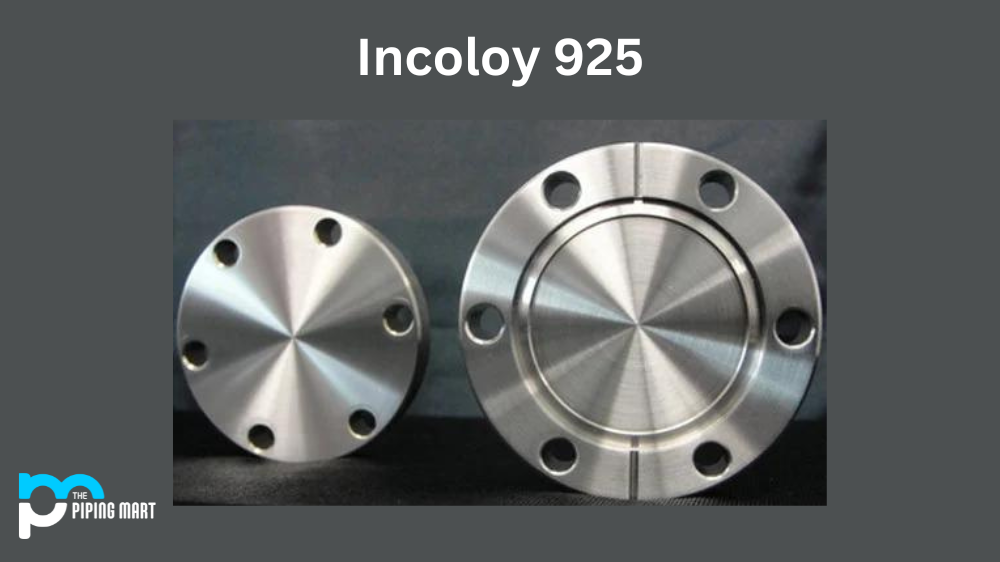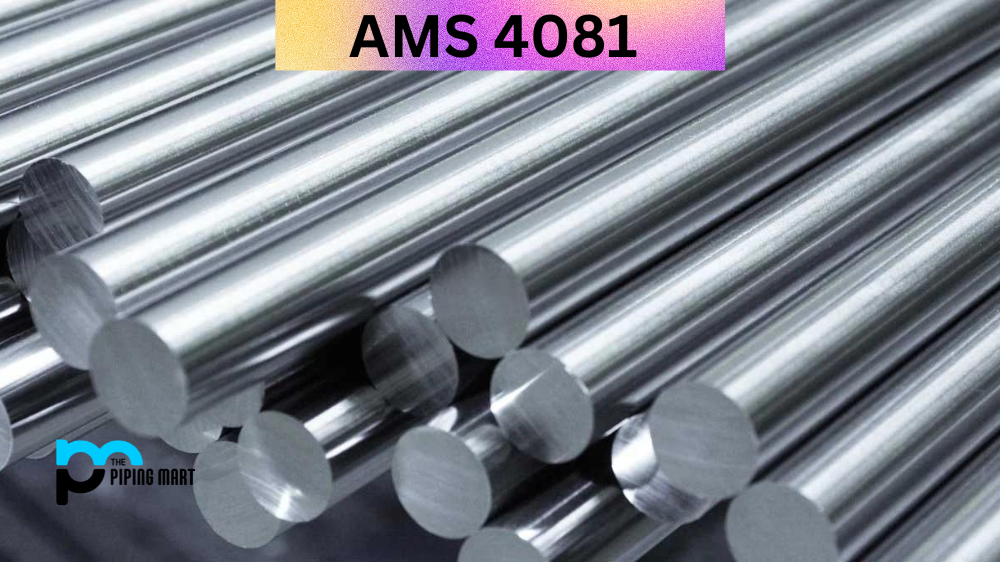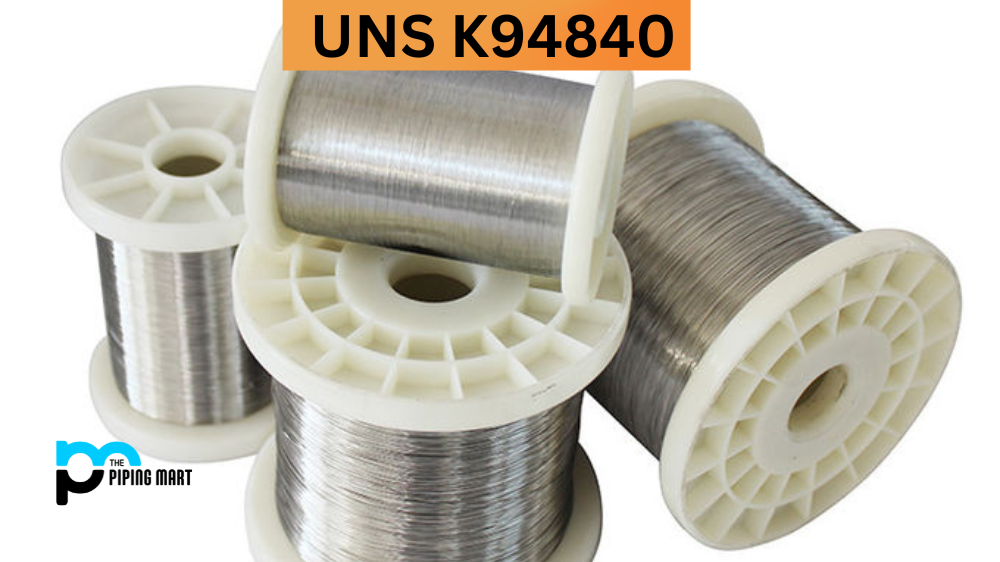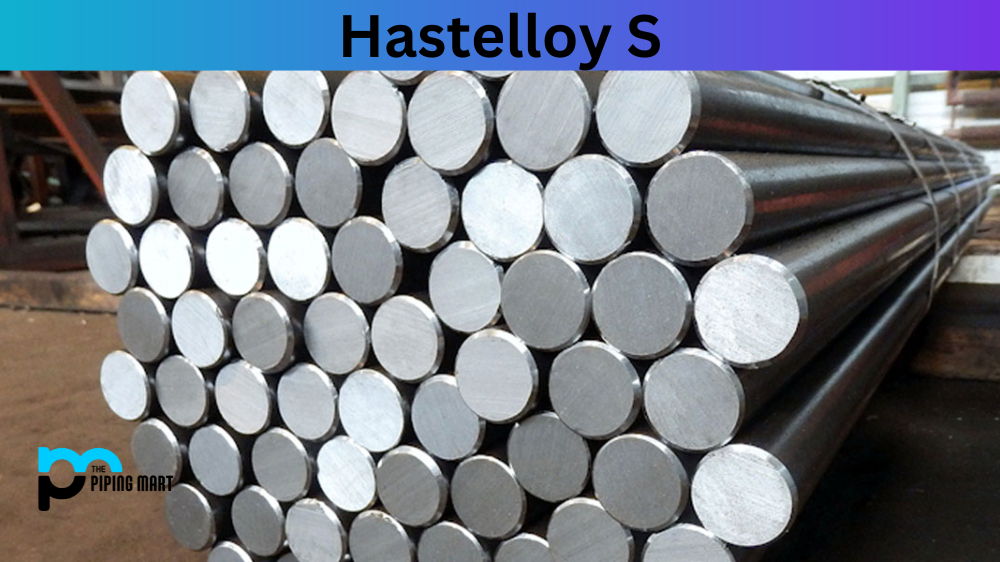UNS N09925 is a nickel-iron-chromium alloy that comes with a number of advantages and benefits. This alloy combines corrosion resistance, heat resistance, mechanical and physical properties, as well as machining and welding capabilities to provide superior performance in a wide range of applications. In this blog post, we’ll take a look at the composition, chemical properties, mechanical properties, physical properties, uses and more of this popular alloy.
Incoloy 925 Composition
UNS N09925 is an austenitic alloy that contains nickel (min. 39%), iron (min. 38%), chromium (min. 22%), molybdenum (max. 2%), manganese (max. 2%) and copper (max. 1%). It also contains 0.2% sulfur and 0.3% phosphorus for improved machinability.
| Elements | Content (%) |
|---|---|
| Nickel, Ni | 44 |
| Iron, Fe | 28 |
| Chromium, Cr | 21 |
| Molybdenum, Mo | 3 |
| Titanium, Ti | 2.1 |
| Copper, Cu | 1.8 |
| Aluminum, Al | 0.3 |
| Carbon, C | 0.01 |
Incoloy 925 Chemical Properties
When it comes to chemical properties, Incoloy 925 has excellent corrosion resistance to both oxidizing and reducing media due to its high chromium content which forms an oxide film on the surface of the metal making it highly resistant to corrosion from acidic environments or chloride solutions containing halides like chlorides or bromides. It also has good mechanical strength when exposed to temperatures up to 1100°F (593°C).
Incoloy 925 Physical Properties
Regarding physical properties, UNS N09925 has good ductility, allowing it to be easily formed into different shapes while maintaining its strength and integrity at high temperatures up to 1100°F (593°C). Its low thermal expansion rate also makes it ideal for use in components where thermal shock is a concern, such as nuclear reactors or power plants where large temperature fluctuations can occur quickly without causing damage or deformation in the metal components used in the applications.
| Properties | Metric | Imperial |
|---|---|---|
| Density | 8.05 g/cm³ | 0.291 lb/in³ |
| Melting point | 1343°C | 2450°F |
Incoloy 925 Mechanical Properties
Furthermore, its high fatigue strength makes it suitable for use in rotating parts subjected to frequent loading cycles such as bearings or gears in aircraft engines or other machinery that require reliable performance over long periods of time with minimal maintenance requirements even under extreme conditions such as exposure to saltwater or high temperatures up to 1200°F (649°C).
| Properties | Metric | Imperial |
|---|---|---|
| Tensile strength (precipitation hardened, value at room temperature) | 1210 MPa | 175000 psi |
| Tensile strength (@ 550°C/1020°F, precipitation hardened prior to test) | 970 MPa | 141000 psi |
| Yield strength (@ strain 0.200%, precipitation hardened. value at room temperature) | 810 MPa | 117000 psi |
| Yield strength (@ strain 0.200%, temperature 550°C/1020°F, precipitation hardened prior to test) | 700 MPa | 102000 psi |
| Poisson’s ratio | 0.281 | 0.281 |
| Elongation at break (precipitation hardened) | 24% | 24% |
Incoloy 925 Thermal Properties
| Properties | Metric | Imperial |
|---|---|---|
| Thermal expansion co-efficient (@ 20-100°C/68-212°F) | 13.2 µm/m°C | 7.33 µin/in°F |
Corrosion Resistance
In addition to its excellent corrosion resistance against acidic environments or chloride solutions containing halides like chlorides or bromides, Incoloy 925 also offers good resistance against pitting and crevice corrosion due to its molybdenum content which helps form protective films on the surface of the metal, preventing further degradation from occurring over time even when exposed to harsh chemicals like acids or alkalines at elevated temperatures up to 1200°F (649°C).
Incoloy 925 Uses
It is an ideal material for use in marine environments such as ships since it can withstand exposure to saltwater without corroding over time while still providing excellent wear resistance even when subjected to constant abrasion from sand particles present in seawater during operation. It also finds application in oil refineries due to its ability to hold up under frequent contact with petroleum products without degrading quickly over time, thus providing long service life with minimal maintenance requirements even when exposed repeatedly over long periods of operation, making it an economical choice for many industries requiring reliable performance year after year regardless of environmental factors present during operation such as corrosive chemicals typically found in oil refineries or marine environments around ships operating offshore for months at a time without service interruptions caused by component failure due insufficient corrosion protection offered by traditional materials used for these type applications prior introduction of Incoloy alloys like this one into industrial markets around the globe making them widely available today.
Heat Treatment
Incoloy alloy 92 is a nickel-based superalloy offering excellent corrosion resistance, high strength at elevated temperatures, and the ability to withstand harsh environments. It has numerous applications, such as in turbocharger components or reactor vessels. An important aspect of Incoloy 92’s performance is its heat treatment, which can significantly improve properties like mechanical strength and machinability but must be carefully selected for each application. Depending on the desired composition and machining procedure, multiple processes can be employed; for example, hot isostatic pressing or double-step aging can both increase mechanical strength at high temperatures. Manufacturers must determine the best combination of processes to achieve their desired results.
Machining
Alloy 925 machining is a precision task that requires the utmost attention to detail. This sturdy nickel-iron-chromium alloy has many industrial applications, and machining it requires specialized skills and advanced techniques. It requires cutting tools with a carbide substrate to penetrate this alloy’s hard surface. Conditions also need to be optimized for proper chip formation and removal as well as a low risk of tool damage, meaning that temperatures must be carefully controlled. With proper care and expertise, Incoloy 925 can be machined into complicated shapes for use in a variety of commercial and industrial settings.
Welding
Incoloy 925 welding is a process that is used to join parts made from Incoloy 925 alloy. This alloy is popular due to its superior resistance to oxidation, chloride ion stress corrosion, and general corrosion in both reducing and oxidizing acids. Due to these resistances, welds of this alloy can be ideal for various applications such as chemical processing plants and oil refinery components. However, joining pieces of Incoloy 925 requires specialized processes in order to ensure the strongest weld possible. For instance, when welding manually with the tungsten arc process the current needs to be maintained at an optimal level of 80-145 amps and neutral argon gas shielding must also be provided. Additionally, fabricated surfaces should always be dried before welding commences as even a small amount of moisture can drastically reduce the weld strength. Knowing these skills and techniques allows professionals providing Incoloy 925 welding services guarantee their work will stand up against the toughest corrosive industrial conditions.
Conclusion
Overall, Incoloy 925 provides superior performance when compared against traditional materials used in industrial applications requiring reliable performance under harsh conditions such as exposure corrosive chemicals found refinery settings or salt water encountered during extended ship operations offshore resulting increased popularity among users looking improve longevity their components while saving money maintenance costs associate with traditionally used materials unable handle same level stress imposed them during extended use under extreme environmental conditions encountered day day operations these types facilities around world today driving demand higher quality alloys like this one increase significantly recent years thanks advances made metallurgical research field helping make these metals available wider ranges industries worldwide allowing them reap benefits offered these advanced materials increased reliability lower maintenance costs associated with their deployment long term operations despite presence challenging environmental factors present during daily operation regardless any kind application being considered using them result improved efficiency cost savings resulting improved bottom line profits seen end user utilizing them across variety different industries what makes increasingly attractive choice moving forward future thanks improvements made metallurgy metallurgists researching refining alloys like this one bring marketplace ever increasing numbers every single day since they become available consumers so they able maximize potential offered them greater overall success always strive achieve no matter size scope their particular undertaking any given time matter what type industry they serve course thank you reading hope enjoyed article stay safe keep learning goodbye everyone until next time! ]

Meet Bhavesh, a seasoned blogger with a wealth of knowledge and experience. From metal products manufacturing to retail, Bhavesh has a diverse background in various industries and is dedicated to sharing his insights and expertise with readers.




